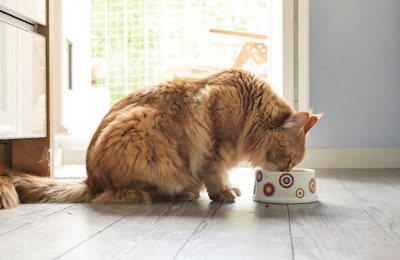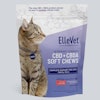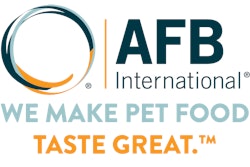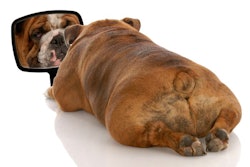
| nektarstock, iStockPhoto.com
Cats are unique, complicated creatures. Researchers continuously conduct studies to learn more about felines. Professionals shared the results of some of those studies on September 24, 2021 at Petfood Forum in Kansas City.
Aging in the domestic cat; a lifetime study
Like humans, pet cats and dogs are living longer.
“It’s not uncommon for a cat to live up to 17 years of age and similar life spans are true for smaller dogs,” said Emma Birmingham of AgResearch Ltd. “Increased life span for cats and dogs has been attributed to better diets and increased veterinary care.”
Birmingham presented her research from a lifetime study of aging in the domestic cat. She said increasing the lifespan of pets does come with risks – more frequent health problems including obesity, sarcopenia and diabetes. More than 40% of pets are now considered obese.
Birmingham’s study investigated the impacts of diet on the cat microbiome to understand if there were any long-term impacts on the health of the cat. The study compared commercial cat food – a high-quality extruded kibble against a canned product.
The study revealed a trend that starting at 1 year of age, cats fed extruded diets maintain a heavier bodyweight than those that eat canned cat food. That is due in some part to starting at 7 years of age, cats fed extruded diets stop losing/gaining weight based on seasonal changes. Birmingham said the study suggests older cats may be able to less tolerate high levels of excess energy or dietary carbohydrate.
In cats fed extruded diets, protein digestibility increases after 1 year of age and then remains consistent. In cats fed a canned food diet, digestibility is more consistent during the entire life of the cat.
“In summary, we have observed a number of changes in the cat as they age, and certainly diet plays a role,” Birmingham said. “Eight years of age appears to be when the cat experiences a physiological change.”
Cat feeding enjoyment informs preference of food components
AFB International conducted a study to better understand how individual components of a whole meal influence eating enjoyment in cats, and a follow-up study to determine whether cats prefer to lick their meals. Chris Wildman, senior manager of the Custom Engagement Team, presented the findings.
“Eating enjoyment provides an individual dimension of palatability performance and can guide product improvements as well as help us understand what is an enjoyable eating experience for cats,” Wildman said.
It was observed that cats lick gravy, but leave chunks behind. AFB studied why cats might choose gravy over chunks, looking at initial attraction and sustained interest. The study revealed that anything with gravy was preferred and sustained interest. Chunks appeared appealing, and were likely to be approached first, but did not sustain interest.
The follow-up study revealed cats consumed slightly more of the blended forms of food rather than the original forms because they were easier to eat. But original forms held cats’ interest more than blended and much of this consisted of licking the gravy.
Potential benefits of supplementing dietary choline to cats
Obesity is a huge problem for the pet population, said Alexandra Rankovic, a PhD candidate at the University of Guelph. About 60% of U.S. cats are overweight. Feline hepatic lipidosis is the most common liver disease in cats in North America, most often caused by anorexia.
Choline is an essential nutrient found in eggs, wheat germ, soybean meals and organ meats. It can also be a supplement in pet foods.
Current published requirements for choline intake range from 2,040 to 2,550 mg/kg DM. Animals at risk for choline deficiencies include those on unconventional/homemade diets, restricted diets, those that are obese or undergoing weight loss and animals that are growing.
Rankovic and colleagues conducted three studies related to choline. The first study looked at supplementing additional choline five times above the required range to obese cats. Research revealed that supplementing additional choline to obese cats may assist in eliminating liver fat and increase breakdown and mobilization of fat.
The second study looked at supplementing choline to kittens after neutering, when free fed for 12 weeks. Choline reduced food intake, body weight and fat mass gain of growing kittens. Choline above the required minimums may help reduce the risk of obesity in neutered kittens.
The third study investigated the response of choline doses in overweight cats. The objective of the study was to determine the minimum effective dose of choline for promoting fat utilization in overweight cats. Results of the study suggest dietary choline at six times and eight times the requirements in overweight cats may increase liver fat transport, improve liver health and function and improve amino acid balance.

















